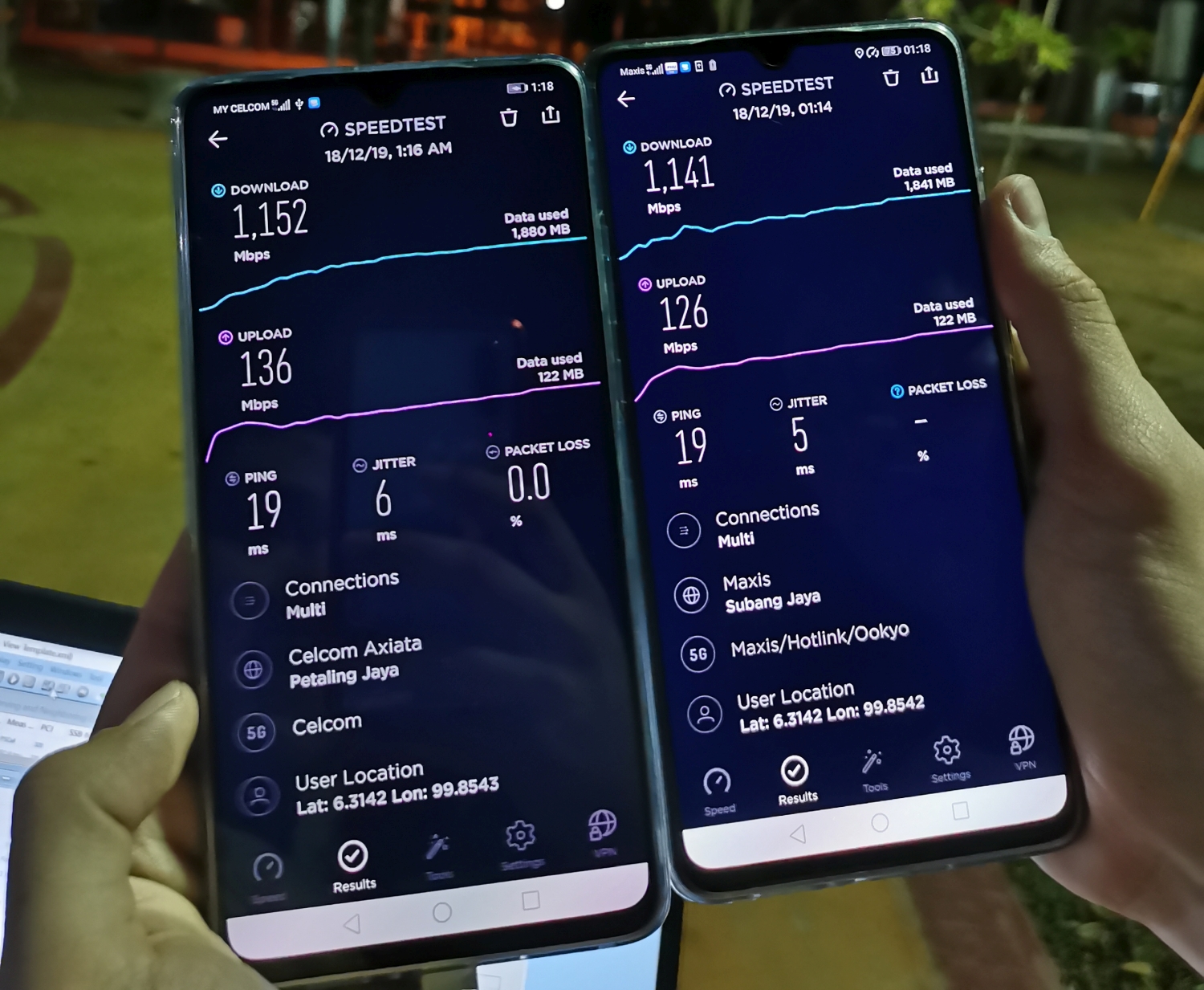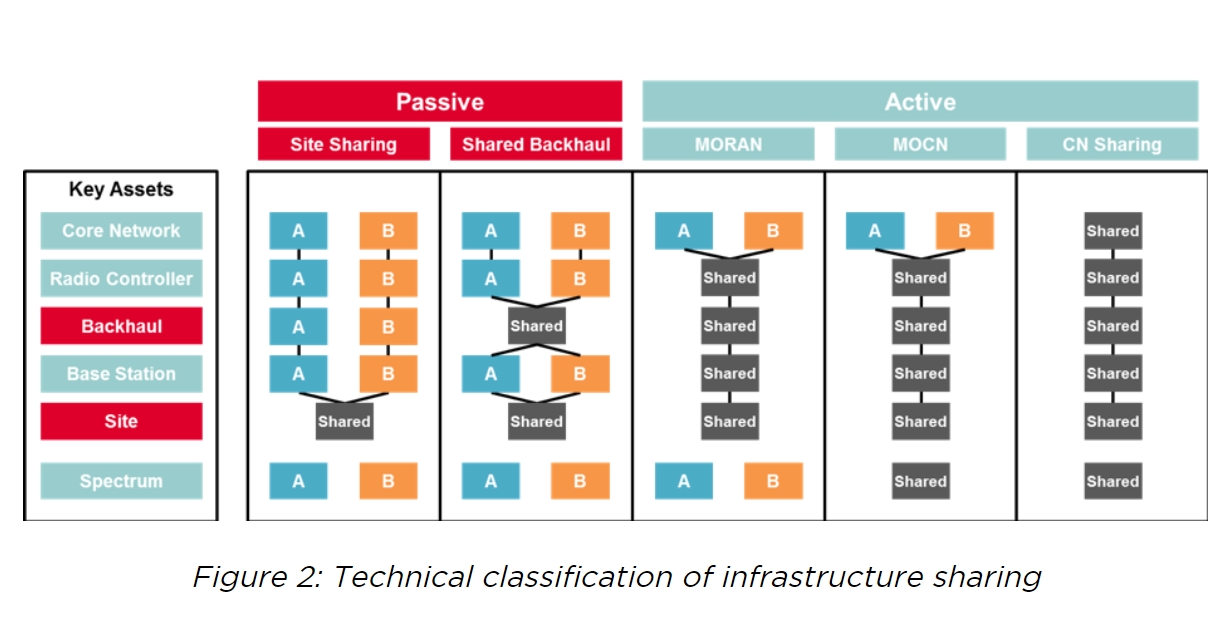Celcom and Maxis have jointly announced a successful 5G network sharing trial which demonstrates how 5G can be deployed quickly and in a more cost-effective manner in Malaysia. The 5G Multi Operator Core Network (MOCN) trial between the two telcos in Langkawi is the first of its kind in South East Asia.

The tests were conducted at a Maxis 5G site on Seaview Hotel in Kuah and at a Celcom 5G site at The Westin Langkawi Resort and Spa.
Using two 5G phones with individual SIM cards from Celcom and Maxis, both telcos can achieve download speeds of 1.1Gbps with uploads of over 120Mbps. According to the speedtests, the ping was around 16-19ms. The current network sharing trials by Celcom and Maxis are running on a 5G Non-Standalone (NSA) network using the 3.5GHz spectrum.
Both Celcom and Maxis aim to start further active RAN sharing trials on 5G Standalone (SA) by Q1 2020. A 5G SA network doesn’t require LTE as an anchor, and it can enable lower latency and greater capacity to support more devices.
With a MOCN setup, both telcos are sharing the same spectrum, base station, backhaul and radio controller, except for its respective core network. Not only it makes deployment cost-effective, but it also allows the spectrum to be used more efficiently.
This means Celcom customers that connect to a Maxis tower, can enjoy similar 5G coverage as Maxis customers, and vice versa. This is in line with the MCMC’s call for collaboration among telcos to reduce cost and to prevent duplication of infrastructure.
Maxis CEO, Gokhan Ogut said, “We are very happy with the trial results and are stepping up our efforts in pursuit of an accelerated 5G deployment plan. We look forward to reaping the benefits of network sharing and hence allowing more investment in services for customers.”
Commenting on the network sharing trials, Celcom CEO Idham Nawawi said “Our successful 5G MOCN trial in its early stage, demonstrates the viability of a more cost-efficient and coordinated 5G deployment in Malaysia. Aligned with MCMC’s spectrum announcement for 5G, we are adamant to collaborate for the best practices to build the best 5G network at the lowest cost possible and prevent duplication of infrastructure while improvements on 4G networks are ongoing, benefiting consumers and businesses with more value for the best 5G quality.”









